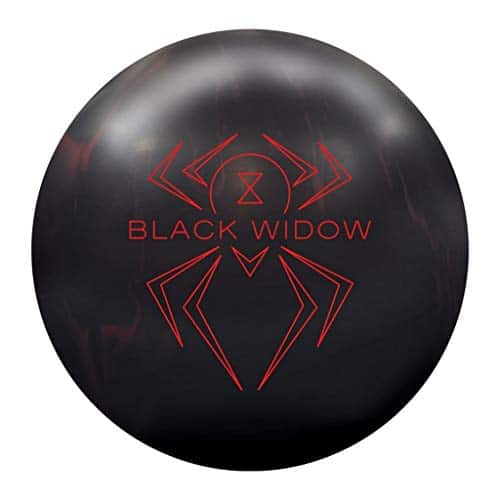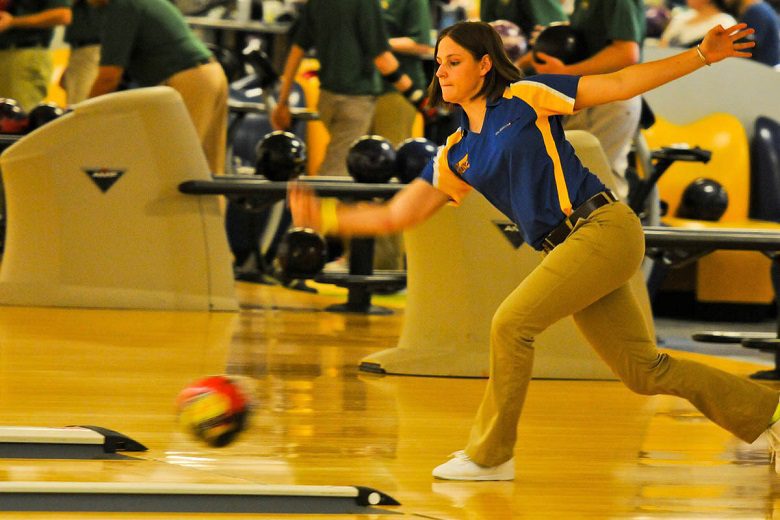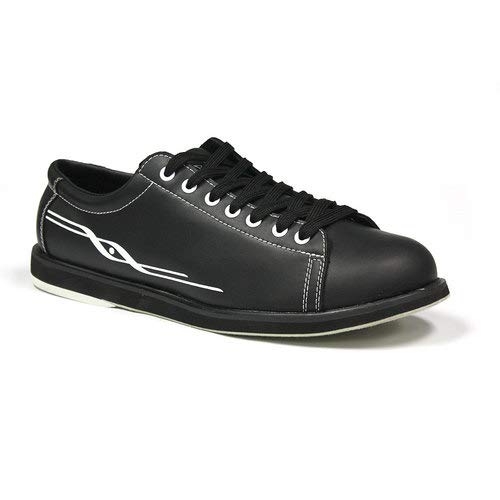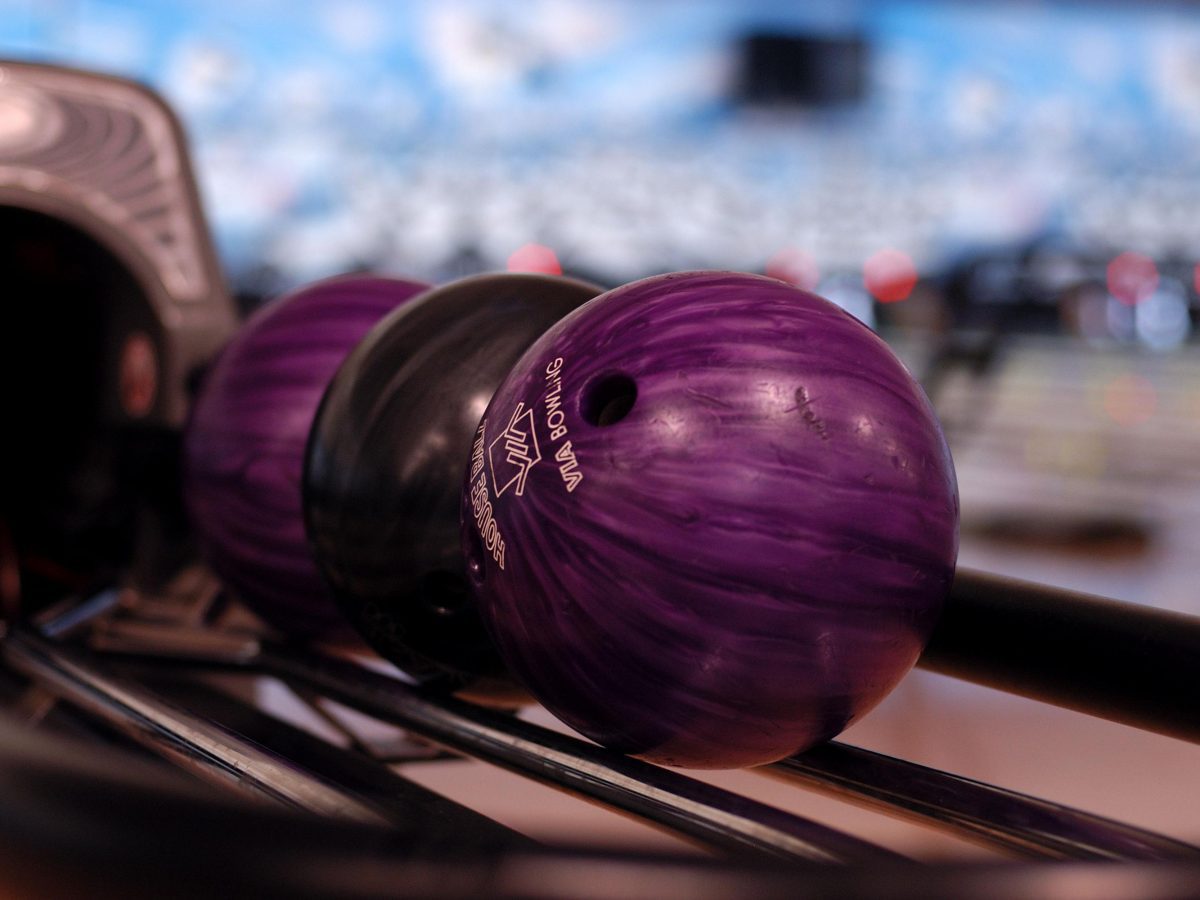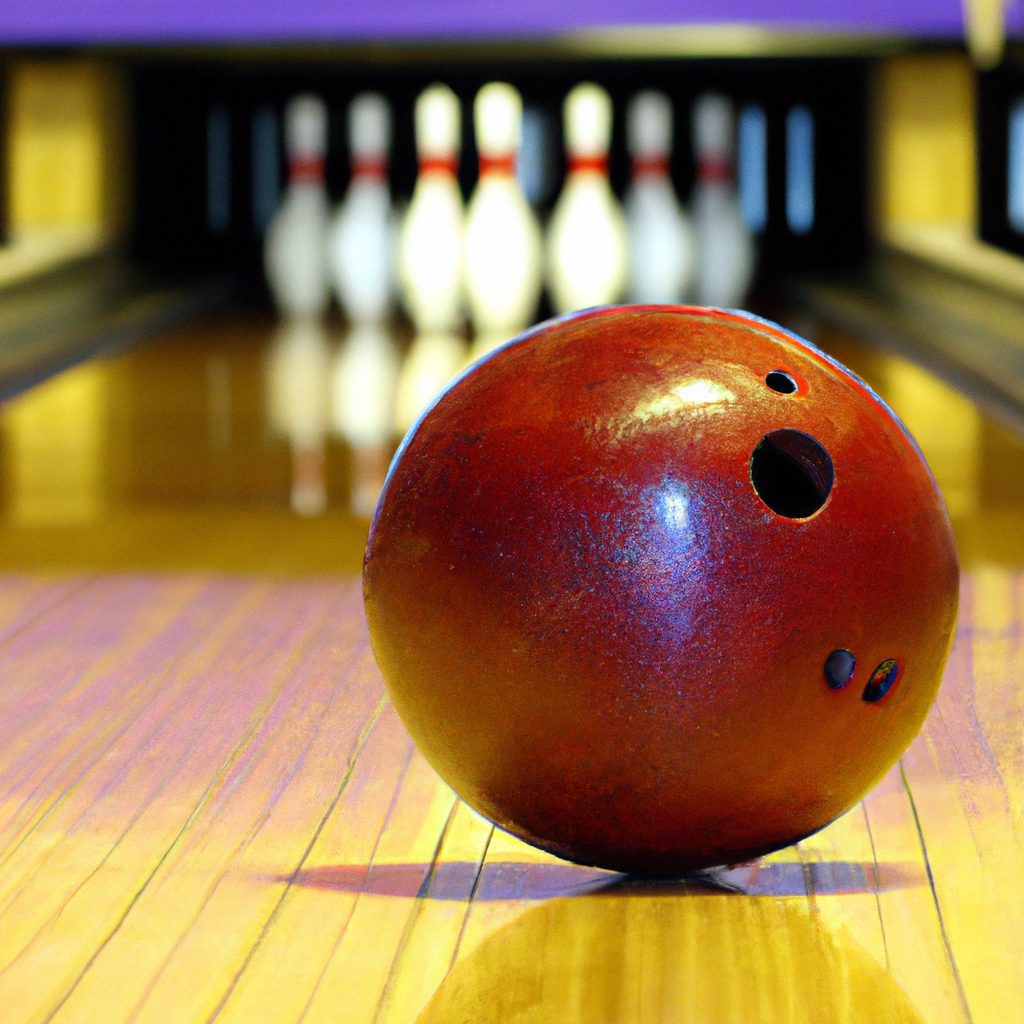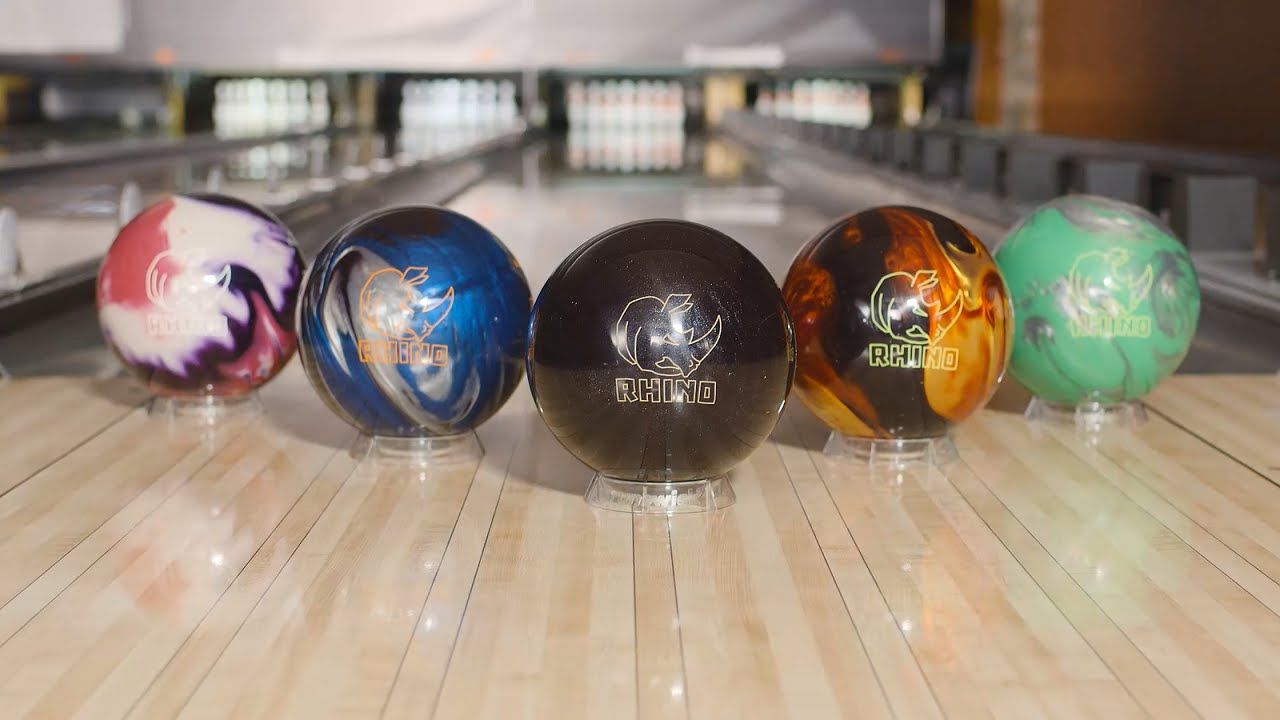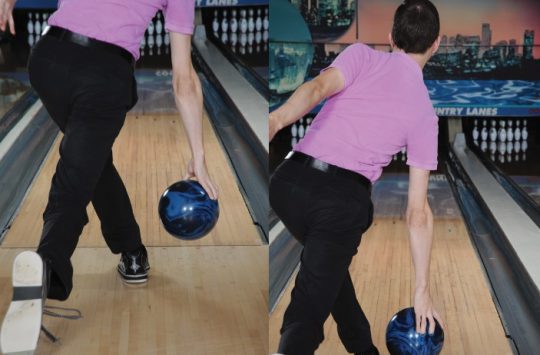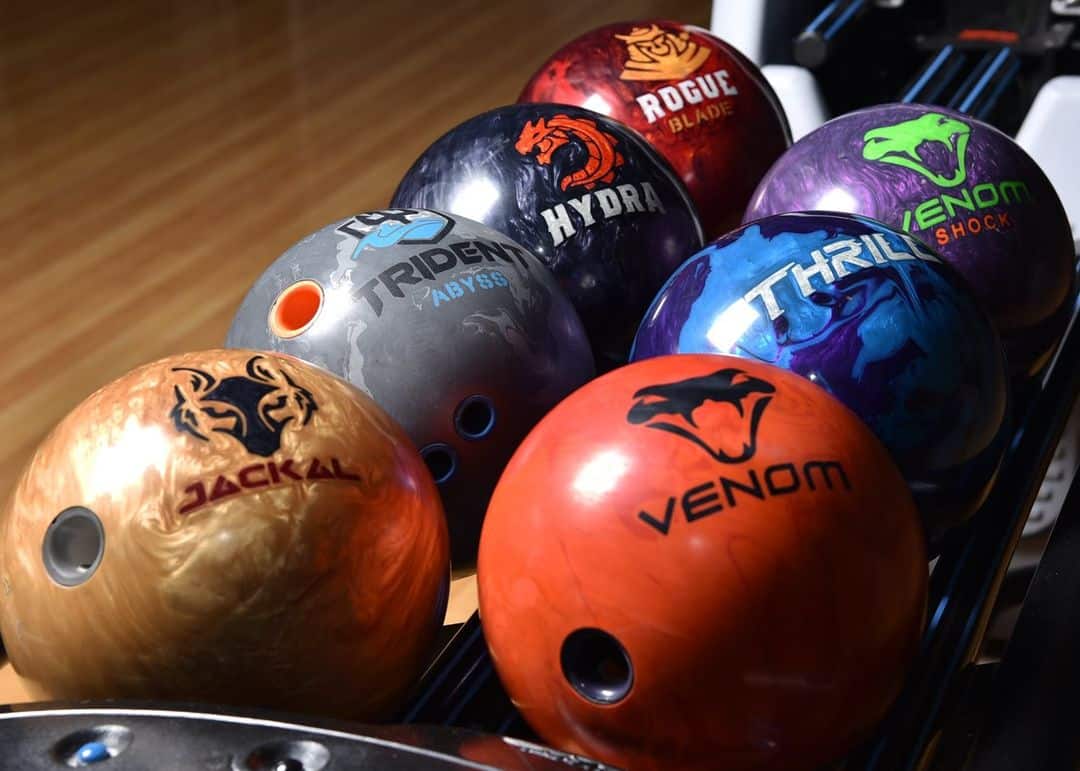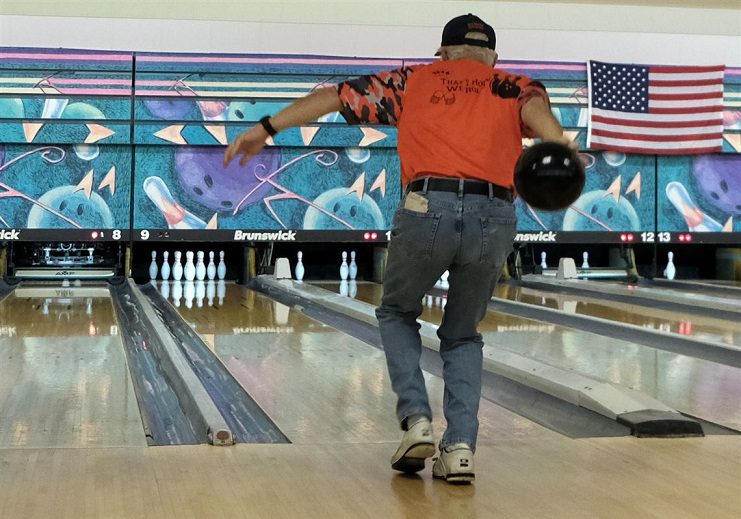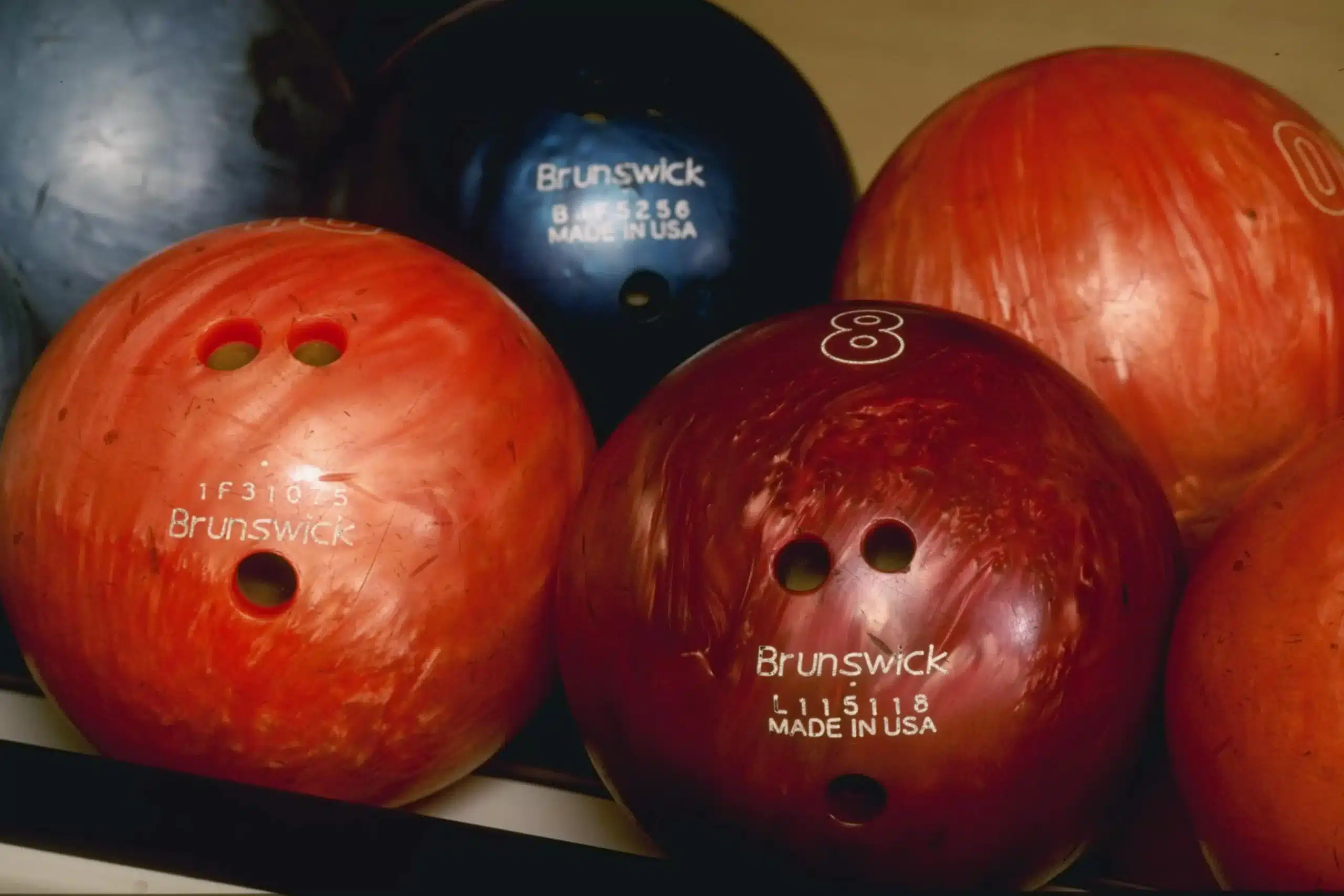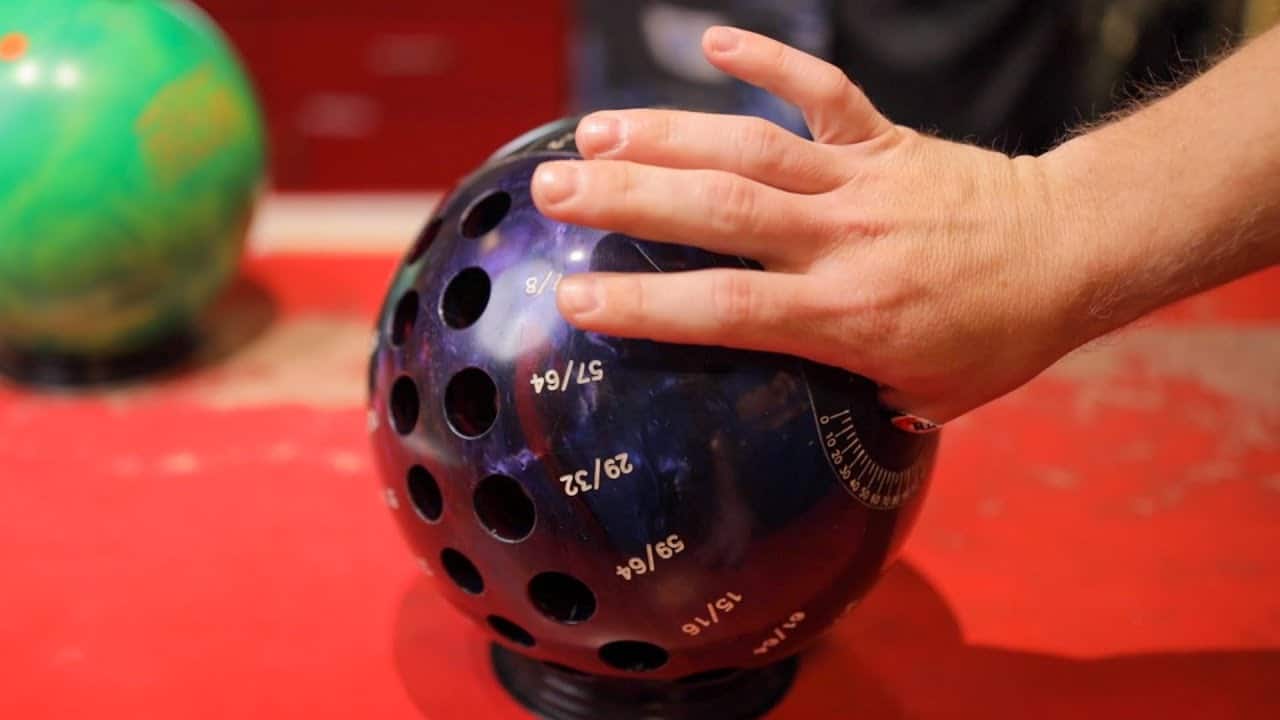Have you ever found yourself frustrated at the bowling alley when attempting to make a powerful hook shot, only to have the house ball disappointingly slide straight into the gutter? Well, fear not, as we are here to uncover the mystery behind this common occurrence. In this article, we will explore the various factors that contribute to house balls’ inability to hook and provide some insights into how you can improve your game even with these seemingly uncooperative bowling allies.
This image is property of images.bowl.com.
Review contents
Understanding the House Ball
Welcome to our comprehensive guide on understanding the house ball! Whether you’re a seasoned bowler or just starting out, it’s important to have a good understanding of the various factors that impact the hook potential of a house ball. In this article, we’ll break down the different components that contribute to the overall performance of a house ball, including its core design, coverstock material, surface preparation, weight distribution, differential, RG rating, and lane conditions. By the end of this article, you’ll have a better grasp of how to choose the right house ball and optimize your bowling experience.
Definition of a House Ball
First, let’s define what exactly a house ball is. A house ball is the term used to describe the standard bowling ball provided by bowling alleys for general use by bowlers of all skill levels. These balls are typically available in various weights and are designed to be versatile enough to accommodate a wide range of bowlers, from beginners to more experienced players. However, it’s important to note that house balls are not custom-fit to individual bowlers, making them less precise in terms of performance compared to personalized bowling balls.
Composition of a House Ball
House balls are composed of several key components that affect their performance on the lanes. These components include the core design, coverstock material, surface preparation, weight distribution, differential, RG rating, and the lane conditions. Let’s take a closer look at each of these factors.
Factors Affecting Hook Potential
Core Design
The core design plays a crucial role in determining the hook potential of a house ball. There are two main types of cores used in bowling balls: symmetric and asymmetric. Symmetric cores feature a uniform shape and are generally more predictable, while asymmetric cores have an irregular shape that creates varying degrees of hook potential.
Coverstock Material
The coverstock material refers to the outer surface of the bowling ball and greatly influences its reaction on the lane. There are several types of coverstock materials commonly used in bowling balls, including polyester, urethane, reactive resin, particle, and hybrid. Each material has its own characteristics and degree of friction with the lane surface, which directly impacts the hook potential.
Surface Preparation
The surface preparation of a house ball can greatly alter its performance. Bowling balls typically come with a factory finish, but many bowlers choose to modify the surface by sanding, polishing, or texturing it. These surface adjustments can either enhance or reduce the ball’s hook potential, depending on the desired outcome.
Weight Distribution
Weight distribution refers to the distribution of weight within the bowling ball. It influences the ball’s stability as it travels down the lane and can affect its overall hook potential. Factors such as top weight, pin placement, and mass bias all contribute to the weight distribution of a house ball.
Differential
Differential is a measurement of the variation in the core’s radius of gyration (RG) across its different axes. A higher differential can result in a more aggressive hooking motion, while a lower differential produces a smoother and more controlled roll. The differential of a house ball plays a significant role in its overall hook potential.
RG Rating
The RG rating, or radius of gyration, quantifies the distribution of mass within the bowling ball. A lower RG rating indicates a higher density towards the center of the ball, resulting in better overall control and roll characteristics. On the other hand, a higher RG rating means the mass is concentrated more towards the coverstock, leading to a quicker revving motion and increased hook potential.
Lane Conditions
Lastly, the lane conditions have a significant impact on the hook potential of a house ball. Various factors, such as oil patterns, dry lanes, tracked lanes, backends, and the difference between house shots and sport shots, can greatly influence how a house ball performs. Understanding the lane conditions and adapting your technique accordingly is crucial for optimizing your bowling experience.
This image is property of images.bowl.com.
Core Design
The core design of a bowling ball refers to its innermost structure. There are two main types of core designs: symmetric and asymmetric.
Symmetric Cores
Symmetric cores have a consistent shape and generally produce a reliable and predictable ball motion. They are typically round and symmetrical, allowing for a smooth roll on the lanes. Symmetric cores are an excellent choice for bowlers who prefer a more controlled and balanced hook potential.
Asymmetric Cores
Asymmetric cores are irregularly shaped and offer a more aggressive ball reaction. These cores create varying degrees of asymmetry, resulting in increased hook potential, greater angle of entry into the pins, and enhanced pin carry. Asymmetric cores are favored by bowlers looking for a more dynamic and angular ball motion.
Differential
The differential refers to the variation in the core’s radius of gyration (RG) across its different axes. A higher differential means the core has a greater variation in its shape, resulting in increased track flare potential and overall hook potential. Conversely, a lower differential indicates a smoother and more controlled ball motion.
RG Rating
The RG rating, or radius of gyration, quantifies the mass distribution within the bowling ball. A lower RG rating indicates a higher density towards the center of the ball, resulting in better overall control and roll characteristics. Conversely, a higher RG rating means the mass is concentrated more towards the coverstock, resulting in a quicker revving motion and increased hook potential.
Coverstock Material
The coverstock material refers to the outer surface of the bowling ball and greatly influences its overall performance and hook potential.
Polyester
Polyester coverstocks are the most basic and least aggressive options available. They provide minimal friction with the lane surface, resulting in a ball motion that is generally straight without much hook potential. Polyester coverstocks are commonly used in house balls due to their durability and lower cost.
Urethane
Urethane coverstocks offer a slightly higher level of friction with the lane surface compared to polyester. This increased friction allows for a controlled hook potential. Urethane coverstocks tend to provide a smoother and more predictable ball motion than polyester, making them a popular choice among bowlers looking for more control.
Reactive Resin
Reactive resin coverstocks are designed to maximize friction with the lane surface, resulting in a more aggressive hook potential. These coverstocks produce more overall friction and a stronger backend reaction, allowing for increased pin carry. Reactive resin coverstocks are favored by bowlers seeking a more dynamic and powerful ball motion.
Particle
Particle coverstocks feature microscopic particles embedded within the coverstock material. These particles increase the overall friction, producing an even stronger hook potential than reactive resin coverstocks. Particle coverstocks are typically used in high-performance bowling balls and are favored by advanced bowlers who require maximum hook potential.
Hybrid
Hybrid coverstocks combine elements of different coverstock materials to create a versatile ball motion. These coverstocks offer a balance between durability and hook potential and are favored by bowlers looking for a versatile option that can perform well on a variety of lane conditions.
This image is property of i.ytimg.com.
Surface Preparation
Surface preparation refers to the modification of the coverstock to alter its reaction on the lane. There are several ways to adjust the surface of a house ball, including factory finish, sanding, polishing, and texturing.
Factory Finish
The factory finish refers to the initial surface condition of the bowling ball when it is purchased. Manufacturers apply a specific texture to the coverstock that is designed to provide an optimal balance of friction and control. The factory finish is often a safe starting point for most bowlers, especially those using house balls.
Sanding
Sanding the surface of a house ball involves using abrasive pads or sandpaper to alter the texture. Coarser grit sandpapers create a rougher surface that enhances friction and increases hook potential. Finer grit sandpapers create a smoother surface that reduces friction and decreases hook potential. Sanding is a common technique used by bowlers to fine-tune their house ball’s performance.
Polishing
Polishing the surface of a house ball involves applying a polishing compound to enhance the smoothness of the coverstock. This process reduces friction with the lane surface and decreases the overall hook potential. Polishing is often used when the lane conditions are dry or when bowlers want a more controlled ball motion.
Texturing
Texturing the surface of a house ball involves creating small indentations or grooves on the coverstock. This alters the surface friction, providing a unique ball reaction. Texturing is a less common technique used by bowlers, but some find it beneficial when dealing with specific lane conditions or when looking for a distinctive ball motion.
Weight Distribution
Weight distribution refers to the distribution of weight within the bowling ball. It affects the ball’s stability and can impact its hook potential.
Top Weight
Top weight refers to the amount of weight located above the finger holes. Higher top weight values create a ball that rolls earlier and provides more overall hook potential. Lower top weight values produce a ball that skids further down the lane before hooking. Top weight is often adjusted to fine-tune a house ball’s reaction to specific lane conditions or bowler preferences.
Pin Placement
Pin placement refers to the location of the pin in relation to the ball’s center of gravity. Different pin placements can influence the ball’s roll characteristics and hook potential. Pin-up placements tend to provide a stronger backend reaction and increased hook potential, while pin-down placements produce a smoother and more controlled ball motion.
Mass Bias
Mass bias refers to a localized concentration of extra weight within the bowling ball. It can affect the ball’s overall stability and hook potential. Adjusting the mass bias can alter the ball’s reaction to specific lane conditions and bowler preferences. Mass bias positions closer to the thumb hole typically provide a more aggressive hook potential, while positions closer to the finger holes offer a smoother and more controlled ball motion.
This image is property of capitol-bowl.com.
Differential
Differential is a measurement of the variation in the core’s radius of gyration (RG) across its different axes. It quantifies the ball’s overall hook potential and adjustability.
Low Differential
Bowling balls with a low differential tend to have a smoother and more controlled hook potential. They’re generally easier to control and provide a consistent ball motion. House balls with low differentials are an excellent choice for bowlers looking for a more predictable and controllable option.
Medium Differential
Bowling balls with a medium differential offer a balance between control and hook potential. These balls provide moderate flare potential and are versatile enough to handle a variety of lane conditions. House balls with medium differentials are a popular choice among bowlers who want a reliable and adaptable option.
High Differential
Bowling balls with a high differential offer a more aggressive and dynamic hook potential. They generate a significant amount of track flare, resulting in a stronger backend reaction and increased pin carry. House balls with high differentials are favored by more advanced bowlers seeking maximum hook potential and a greater angle of entry into the pins.
RG Rating
The RG rating, or radius of gyration, quantifies the distribution of mass within the bowling ball. It significantly affects the ball’s overall motion and hook potential.
Low RG
Bowling balls with a low RG rating tend to have a denser core with more mass concentrated towards the center. They provide better overall control, roll characteristics, and a more predictable hook potential. House balls with low RG ratings are ideal for bowlers who prefer a more controlled ball motion.
Medium RG
Bowling balls with a medium RG rating offer a balance between control and versatility. These balls are suitable for a wide range of bowlers and can handle various lane conditions. House balls with medium RG ratings are a popular choice among both beginner and intermediate bowlers.
High RG
Bowling balls with a high RG rating have more mass concentrated towards the coverstock, resulting in a quicker revving motion and increased hook potential. They offer a more dynamic ball motion with increased backend reaction. House balls with high RG ratings are favored by more advanced bowlers looking for maximum hook potential and pin carry.
This image is property of www.popsci.com.
Lane Conditions
Lane conditions play a crucial role in determining how a house ball will perform. Various factors can influence the ball’s hook potential, including oil patterns, dry lanes, tracked lanes, backends, and the difference between house shots and sport shots.
Oil Patterns
The oil patterns on the lanes greatly affect a house ball’s performance. The distribution and volume of oil impact ball reaction and overall hook potential. Generally, heavier oil patterns require balls with higher hook potentials, while lighter oil patterns favor balls with more controlled ball motions.
Dry Lanes
Dry lanes lack sufficient oil and provide less friction for the ball to grip onto. This can result in reduced hook potential and a more skid-heavy ball motion. Bowlers using house balls on dry lanes may need to adjust their technique and release to compensate for the lack of friction.
Tracked Lanes
Tracked lanes are those that have already been played on by other bowlers. The ball tracks or paths created by prior bowlers can influence the hook potential and ball reaction of a house ball. Tracked lanes may require bowlers to adapt their approach and target different areas of the lane to optimize their ball’s performance.
Backends
The backend portion of the lane refers to the area beyond the oil pattern. The backend reaction can significantly impact a house ball’s overall hook potential. A stronger backend reaction can result in a more aggressive and angular motion, while a weaker backend may produce a more controlled and smooth roll.
House Shot vs. Sport Shot
House shots and sport shots represent different lane conditions commonly found in bowling alleys. House shots typically have higher oil volume in the middle of the lane and less oil on the outside boards. Sport shots, on the other hand, feature more challenging oil patterns with less oil in the middle and more on the outside boards. House balls often perform better on house shots due to their lower hook potential, while sport shots may require more specialized balls with higher hook potentials.
Conclusion
Understanding the house ball and its various components is essential for bowlers looking to improve their performance and maximize their hook potential. The core design, coverstock material, surface preparation, weight distribution, differential, RG rating, and lane conditions all contribute to the overall performance of a house ball. By considering these factors and adjusting techniques accordingly, bowlers can make the most out of their house ball experience. Whether you’re a beginner just starting out or an experienced bowler, selecting the right house ball and adapting it to specific lane conditions will help you enhance your skill and enjoyment of the game. Bowl on!









![Spare bowling ball Top 10 in 2024. (reviews) Top 10 Best Spare Bowling Balls [2021 Reviewed]](http://landofbowling.com/wp-content/uploads/2021/07/Top-10-Best-Spare-Bowling-Balls-2021-Reviewed.jpg)






